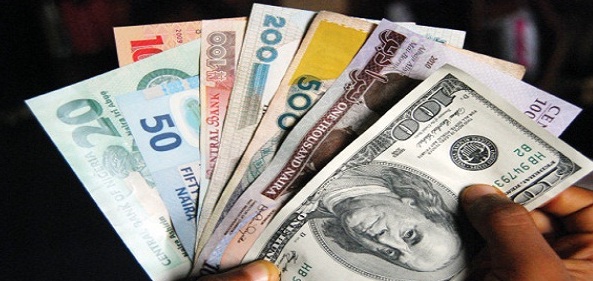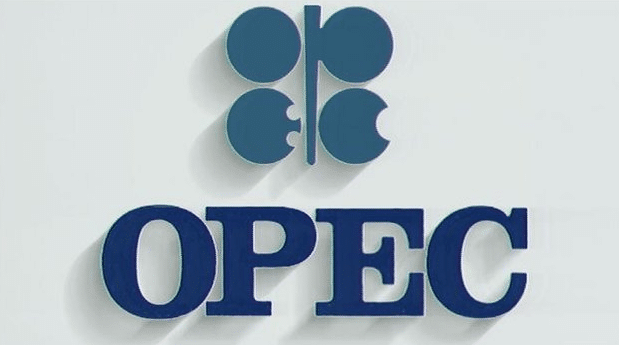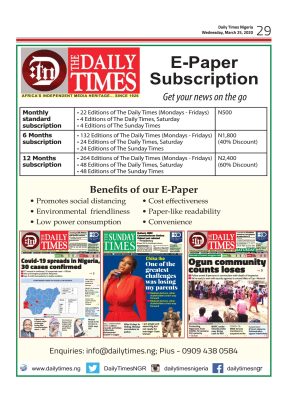Naira steadies against Dollar, Pound, weakens to Euro

….As NAFEX records $86.99m
The Naira, for the third day running this week stood steadied at 363 to the US Dollar and Pound at 472, respectfully, but was seen at a relapsed closing rate of 422 per Euro after gaining two points earlier in the week at the parallel market.
At the official forex market maintained the depreciated rate of 306 to the dollar, even after exchanged at 305 to the dollar for over three months.
But the local currency at Nigeria Autonomous Foreign Exchange (NAFEX) window closed with a declined traded turnover of $86.99 million as at close of yesterday trading activities.
However, the Naira at NAFEX window rebounded with an opening rate of 369.70 stronger than 360.75declared on Tuesday, but weaker than an improved opening rate of 359.53 a day earlier,
Meanwhile, Debt Management Office (DMO) on Wednesday has disclosed that Eurobonds made up more than a fifth of Nigeria’s $66.63 billion foreign debt portfolio as of September and more than half of interest paid in the third quarter, while foreign debt stood at $59.82bn a year earlier.
It worthy of note that Nigeria is planning a roadshow to London and United States from today to market up to $2.5bn of Eurobonds to investors after parliament approved the issue on Tuesday.
The debt managers noted that it aims to issue the bonds by mid-November, while also planning to refinance $3 billion of domestic treasury bills with dollar loans.
Nigeria has faced a budget shortfall arising from a drop in government revenue because of low oil prices. The crude oil rout triggered chronic dollar scarcity and Nigeria’s first recession in more than a decade last year. The economy recovered in the second quarter.
Total domestic debt stood at 20.37 trillion naira ($67 billion) by September, compared with 16.88 trillion naira last year, the DMO said.
The West African country wants to switch its borrowing mix so that foreign loans account for up to 40 percent of its total debt portfolio by 2019, from about 23 percent, to lower its funding costs and lengthen the repayment period.
Multilateral loans, including financing from the World Bank, accounted for 64.5 percent of foreign loans while bilateral loans with China and other countries make up 14 percent.
The DMO said Eurobonds and Diaspora bonds accounted for 21.5 percent of total offshore borrowing and 53 percent of debt service payments in the third quarter.







